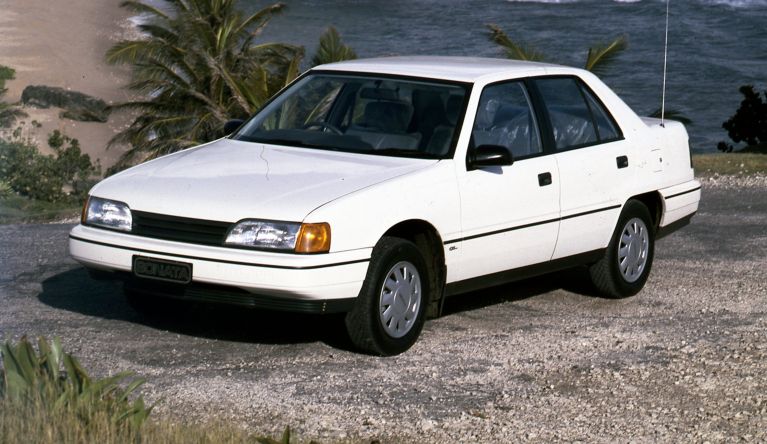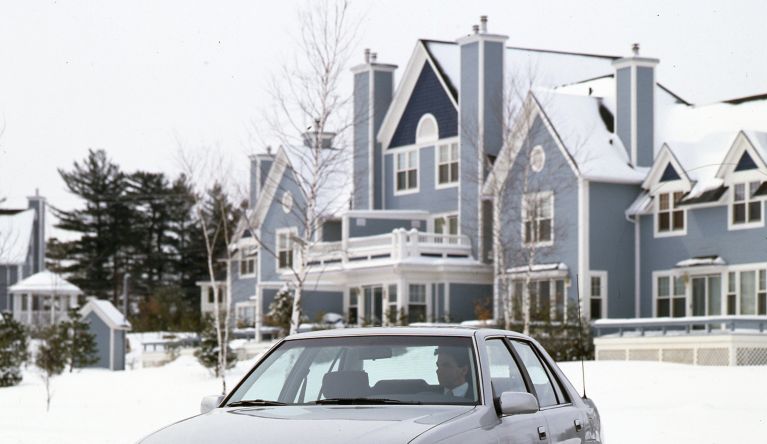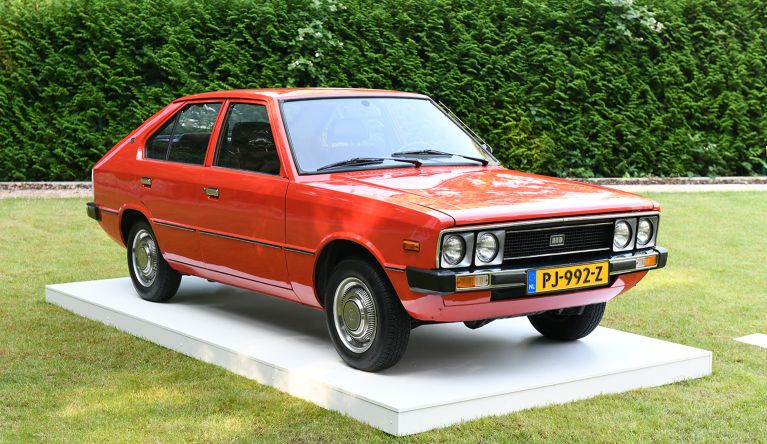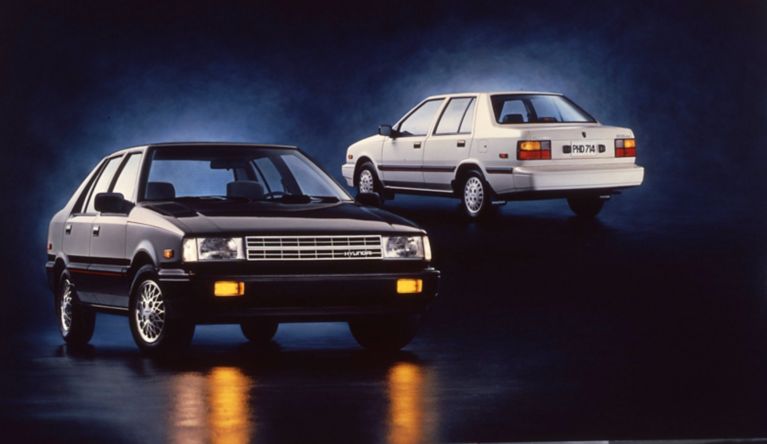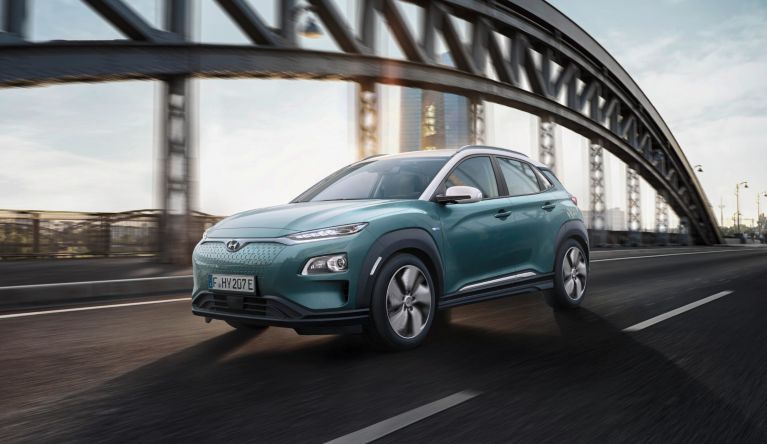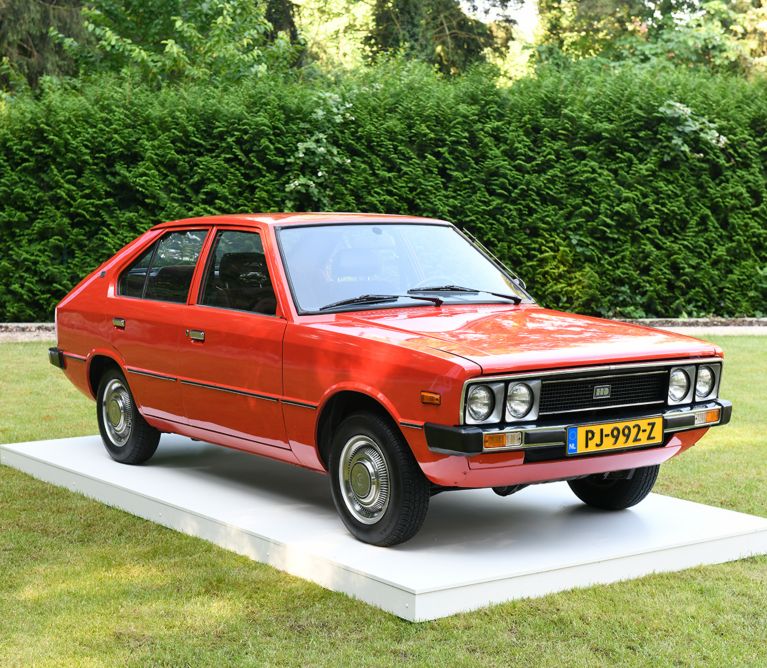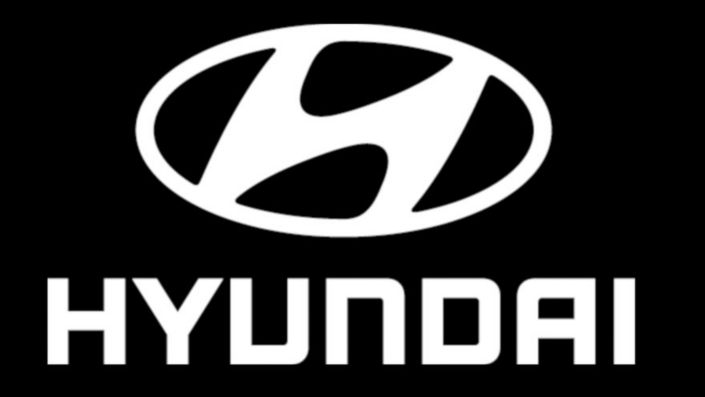- Hyundai Motor has progressed further than more established automakers in just 50 years
- The company helped to mobilise a whole nation, which set the wheels in motion to modernise South Korea
- Hyundai’s progressive spirit has made it one of the auto industry’s leaders in future mobility, celebrated in a new campaign with the tagline “Next Awaits“
Press material
-
Download
-
Images
In 2016, it offered the IONIQ – the world’s first car with three electrified powertrains. This progressive spirit has made Hyundai one of the leaders in future mobility.
Even more than other automakers, the brand made considerable investments in low-emission gasoline engines, hydrogen-powered fuel cell and electrified vehicles to confront the challenges brought about by climate change. In 2016, the company introduced the IONIQ, the world’s first car to be offered with three distinctly different electrified powertrains.
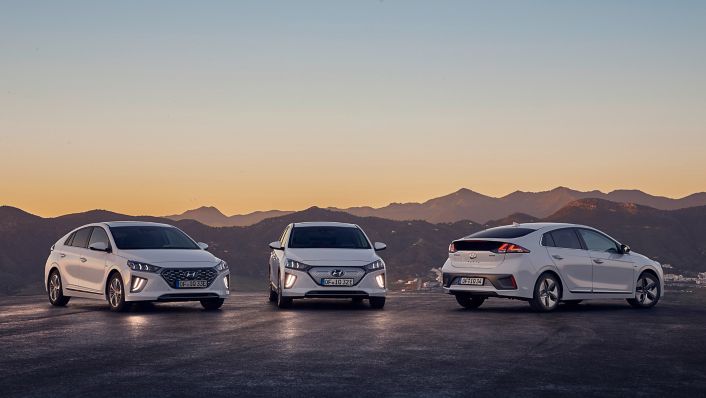
Helping to rebuild South Korea
In 1947, the Hyundai Engineering and Construction Company was founded. The name ‘Hyundai’ means ‘modern times’, deriving from the Korean word ‘Hyun’ (현) which means ‘modern’ or ‘present’ and ‘Dai’ (대) which refers to ‘era’ or ‘generation’.
Following the liberation of South Korea in 1945, the company was awarded major government construction contracts and became responsible for building much of the country’s transportation infrastructure as the nation rapidly industrialised. It built the Kyeong-bu expressway, among other important structures.
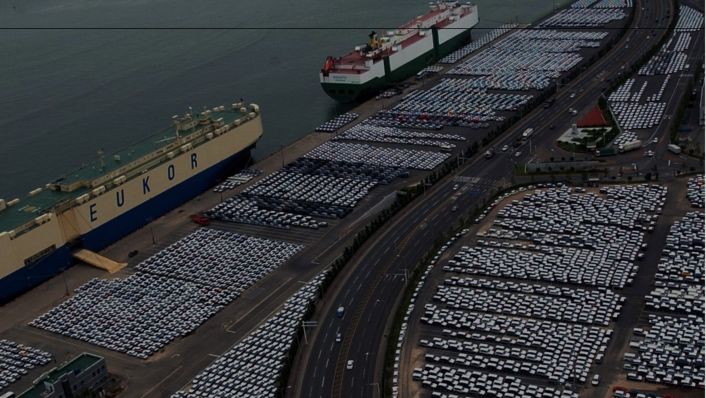
1960s-1970s: the era of mass production
In 1967, Hyundai Motor Company was founded. The following year, the construction of the company’s Ulsan assembly plant was completed. Today, it is the world’s largest integrated automobile manufacturing facility, with an annual production capacity of 1.6 million units. With a global vessel fleet operated by Hyundai Glovis and its own steel-making affiliate, Hyundai Motor Group controls the whole value chain.
In 1968, the Cortina was the very first vehicle successfully assembled by Hyundai at its Ulsan plant, in cooperation with Ford Motor Company. Hyundai set a record for the quickest time between ground-breaking and full-scale operations for any Ford assembly plant around the world – just under six months.
Following the Cortina’s initial success and eventual dominance of the European market, Hyundai decided to develop its own car. The company hired George Turnbull, the former Managing Director of Austin Morris at British Leyland in February 1974. He immediately hired six European chief engineers to assist him, including a body designer, two chassis designers, two production engineers and a test engineer.
Together they created the Pony, which was presented at the Turin Motor Show in October 1974, before it was later introduced to the market in December 1975. The car was nicknamed ‘kukmincha’, which means ‘car for the people’. Featuring styling by Giorgetto Giugiaro, this compact rear-wheel drive automobile was the first mass-produced South Korean car. It became Hyundai’s flagship vehicle for many years.
Hyundai started exporting the Pony to Chile, Argentina, Colombia and Egypt in 1976. European exports to Belgium and the Netherlands began in 1978, with Greece added shortly afterwards.

1980s: international expansion
The 1980s was a time of rapid international expansion for Hyundai as the company became a fast follower while competing with more established automakers. In 1982, the company entered the British market for the first time. Sales of the Pony began in the United Kingdom in February of that year, making it the first Korean car to be sold there.
In 1984, Hyundai began exporting the Pony to Canada, where sales greatly exceeded expectations. At one point, it was the top-selling car on the Canadian market. The following year, the first generation Hyundai Sonata was introduced, and the company’s one-millionth car was built.
By 1986, the Pony Excel became the first Hyundai model sold in the United States. It was the first front-wheel drive car produced by the company and, like the original Pony, designed by Giorgetto Giugiaro. It sold 168,000 units in its first year of sales in the US, setting an all-time record that still stands to this day. Fortune magazine nominated the car as ‘Best Product #10’, thanks in part to its affordability.
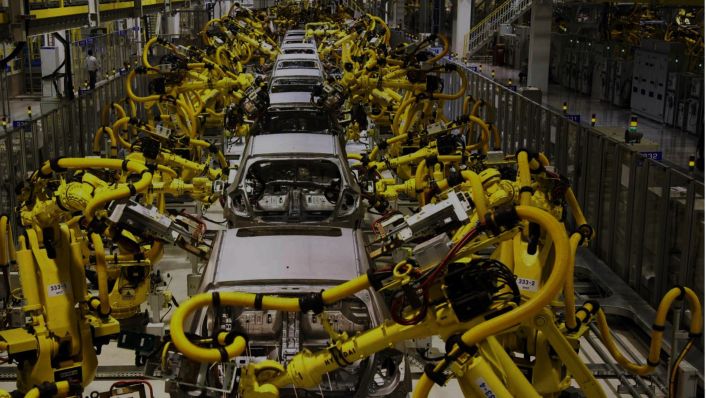
1990s: quality management
In the spring of 1990, aggregate production of Hyundai automobiles reached the four million mark. Then, in 1991, the company reached another milestone, as it developed its first proprietary gasoline engine, the four-cylinder Alpha, as well as its own transmission. This paved the way for technological independence. The Alpha engine debuted in the 1992 Hyundai Scoupe.
During this decade, Hyundai continued to evolve and consolidate its position as a leading international manufacturer of cars. Hyundai introduced many popular models in this time period, including the Accent, Dynasty and Tiburon.
In 1994, the company began operating a newly-established R&D centre in Germany. This is responsible for monitoring technology developments in Europe, as well as designing and engineering new cars for the European market. In September 1997, Hyundai opened its first manufacturing plant on the continent in Izmit, Turkey. It is Hyundai’s longest-running overseas production facility.
The 1990s saw Hyundai experiment with a number of electric and hybrid vehicles. The company’s first pure electric car was the Sonata Electric Vehicle prototype in 1991. After conducting its first experiments with hybrid propulsion systems in 1994, the hybrid-electric FGV-1 was unveiled at the 1995 Seoul Motor Show. This car featured full-time electric drive technology. Flexible-fuel vehicles were being developed in 1998, while the company’s fuel cell electric vehicle activities were also started in the late 1990s.
In 1999, Chairman Mong-Koo Chung was inaugurated as the Hyundai Motor Group Chairman, and decided to put an emphasis on product quality which paved the way for the company to position itself as a serious global contender.
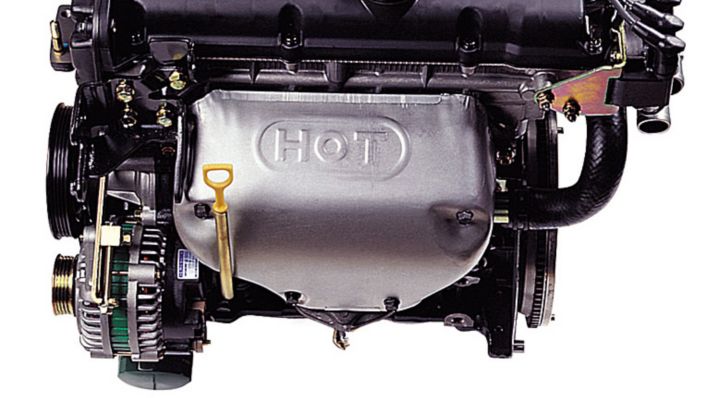
2000s: bringing higher value products
By the turn of the millennium, Hyundai had begun to overhaul its image in order to establish itself as a world-class brand. Its parent company, Hyundai Motor Group invested heavily in the quality, design, manufacturing and long-term research of its vehicles, particularly in Europe. The Hyundai European Design Center was established in 2001, and this was followed in 2003 with the Hyundai Motor Europe Technical Center and the Namyang Design Center.
Hyundai launched its first SUV, the Santa Fe, in 2000. Named after the city in New Mexico, it proved a hit with American buyers and quickly became the company’s best-selling car. This was followed in 2004 with the launch of another SUV, the Tucson.
In 2007, the i30 was introduced. Designed, developed and manufactured in Europe, it is Hyundai Motor’s DNA car on the continent. The following year, Hyundai Motor Manufacturing Czech (HMMC) was established. HMMC is Europe’s most modern production plant, with 500 high-tech robots producing 1,500 Hyundai cars each day.
The hybrid electric Sonata, which featured lithium polymer battery technology, made its debut at the 2008 Los Angeles International Auto Show, before going on sale in the US in 2011.
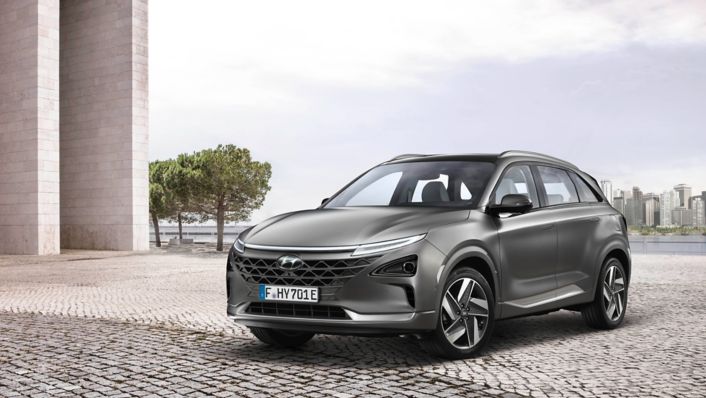
2010s and beyond: pioneers in future mobility
Throughout the 2010s, Hyundai has increasingly turned its attention towards environmentally friendly vehicles and technology. Going forward, the company aims to lead the pollution-free mobility era by improving fuel efficiency and seeking new energy possibilities.
At the beginning of the decade, Hyundai launched BlueOn, its first production electric car, in Seoul in September 2010. Sold in South Korea, BlueOn was based on the Hyundai i10 and was equipped with a 16.4 kWh lithium polymer battery pack with a six-hour charging time.
In 2013 Hyundai celebrated a key milestone in eco-mobility, as the ix35 Fuel Cell became the first commercially mass-produced hydrogen fuel cell vehicle in the world. The vehicle’s quick refuelling time and long driving range, combined with its environmental conservation, provide greater benefits for all.
The same year, the company also expanded into motor racing, with the launch of the Hyundai Motorsport World Rally Championship team. In 2015, Hyundai announced the high-performance Hyundai N sub-brand, which has resulted in the subsequent development of award-winning production cars including the i30 N and i30 Fastback N in 2017 and 2018.
In 2016, Hyundai introduced the IONIQ, the world’s first car to offer three electrified powertrains – hybrid, plug-in hybrid and full electric. Its name derives from the words ‘ion’ and ‘unique’. This was followed in 2018 by the launch of the Kona Electric, Europe’s first all-electric subcompact SUV, and NEXO, Hyundai’s second-generation fuel cell vehicle.
So far, the 2010s have seen Hyundai establish itself as a leader in the automotive industry when it comes to future mobility. This can be seen in the company’s new ‘Progress’ communication campaign, which demonstrates how Hyundai’s 50-year heritage formed the progressive spirit that allows it to continue to innovate today and meet the challenges of the future, under the tagline “Next Awaits”.
In January 2019, Hyundai Motor Group’s Executive Vice Chairman Euisun Chung was appointed co-chair of the Hydrogen Council, a CEO-led partnership of companies from various industry and energy sectors focused on accelerating the development and deployment of hydrogen technologies around the globe. He has since called for increased international cooperation to help tackle global climate challenges. Looking towards the future, Hyundai Motor Group seeks to leverage its fuel cell technologies through ‘FCEV Vision 2030’. This includes a plan to drastically boost its annual fuel cell systems production capacity to 700,000 units by 2030 and explore new business opportunities to supply them to other transportation, power generation and storage system sectors.
